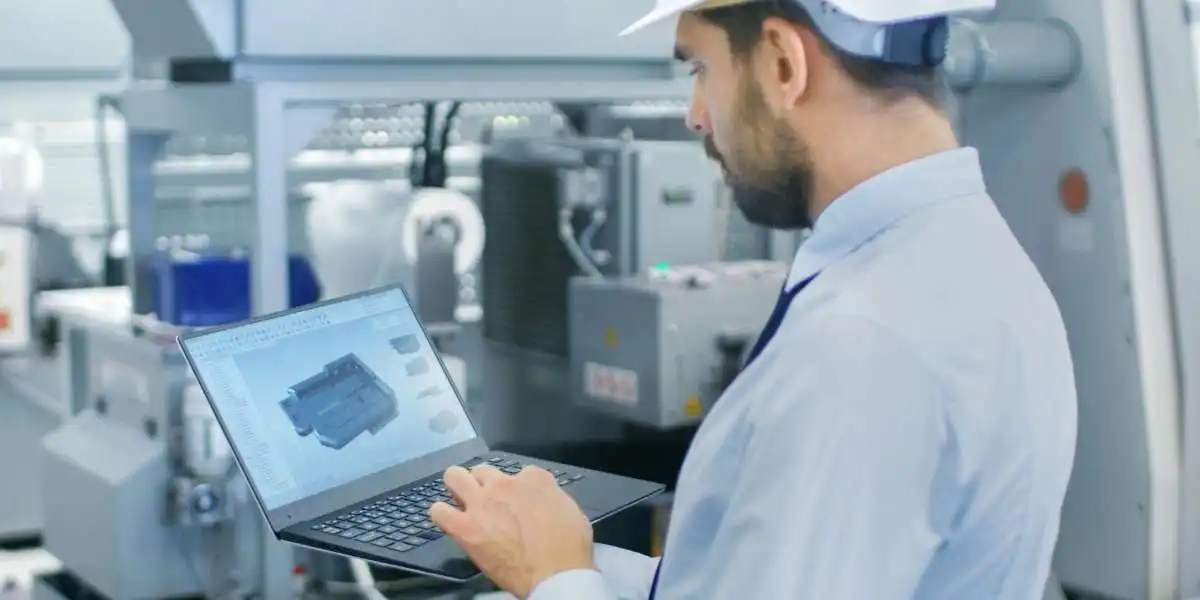
The Ultimate Guide to Hot Gluing: Types & Applications
The Ultimate Guide to Hot Gluing: Types & Applications

The Ultimate Guide to Hot Gluing: Types & Applications
The Ultimate Guide to Hot Gluing: Types & Applications
Hot gluing is a fast and efficient bonding technique widely used in crafts, packaging, woodworking, and even industrial manufacturing. This method relies on hot melt glue, a thermoplastic adhesive that melts at high
temperatures and solidifies upon cooling, creating a strong and durable bond. Understanding the types of glue, the gluing process, and the role of hot melt adhesive dispensers is essential for achieving precise and effective adhesion. Whether you’re working on DIY projects or large-scale production, knowing the best uses of hot glue can enhance your workflow and improve results. In this blog, we’ll explore everything you need to know about hot gluing, from choosing the right adhesive to mastering application techniques.
How to Choose the Right Adhesive Glue for Various Applications
1. Hot Melt Glue
2. Super Glue (Cyanoacrylate)
3. Epoxy Adhesive
4. Wood Glue (PVA or Polyurethane)
5. Spray Adhesive
6. Silicone Adhesive
7. Construction Adhesive
Key Considerations When Choosing an Adhesive
Hot Gluing Application Techniques & Their Uses
Application | Description | Best For |
Dot Gluing | Applying small adhesive dots for precise bonding | Electronics, crafts, packaging |
Bead Gluing | Creating a continuous line of glue for strong adhesion | Woodworking, furniture, |
Spray Gluing | Spraying hot glue in a fine mist for even coverage | Fabrics, upholstery, lightweight |
Swirl Gluing | Applying glue in circular patterns to increase bonding | Foam, textiles, insulation |
Stitch Gluing | Intermittent dots or lines to reduce adhesive usage | Packaging, bookbinding, carton |
Encapsulation | Completely covering an object with hot glue for protection | Electronics, waterproof sealing |
Fillet Gluing | Applying glue along joints for reinforcement | Corner joints, cabinetry, plastic |
Tack Gluing | Using temporary adhesive spots to hold parts in place before final bonding | Prototyping, positioning |
Safety Measures for Hot Gluing Techniques
Safety Measure | Description | Why It’s Important |
Wear Heat-Resistant Gloves | Protects hands from accidental burns caused by hot glue drips | Hot glue can reach temperatures above 200°C |
Use a Stable Work Surface | Ensures proper control while applying glue | Prevents spills and accidental |
Keep a Bowl of Cold Water | Quickly cools burns in case of accidental contact | Reduces severity of burns |
Work in a Well-Ventilated | Prevents inhalation of fumes from overheated glue | Some adhesives release harmful |
Use the Right Hot Melt Glue | Ensures even application and prevents overheating | Avoids clogging and improper |
Avoid Skin Contact | Do not touch hot glue before it cools | Prevents painful burns and |
Unplug the Glue Gun When | Reduces fire hazards and accidental burns | Prevents glue gun from |
Keep Away from Flammable | Store glue sticks and dispensers safely | Hot glue can ignite certain |
Use a Drip Mat or Silicone | Prevents glue from sticking to unwanted surfaces | Keeps work area clean and safe |
Allow Glue to Fully Cool | Ensures strong bonding and safe application | Avoids smudging and burns |
Tips for Success with Hot Gluing
Tip | Description | Why It’s Helpful |
Choose the Right Glue | Use glue sticks suited for your material (hightemp, low-temp, or specialty adhesives) | Ensures strong bonding and |
Preheat the Glue Gun | Allow the glue gun to reach the correct temperature before applying | Prevents clogging and ensures |
Apply Glue Evenly | Use consistent pressure to control the flow | Reduces excess glue and |
Work Quickly Before the | Hot glue cools and hardens fast, so assemble pieces immediately | Ensures a strong and lasting |
Use a Silicone Mat or | Prevents glue from sticking to unwanted surfaces | Makes cleanup easier and |
Clamp or Hold Pieces in | Keep bonded materials steady while glue cools | Enhances adhesion and |
Trim Excess Glue with a | After drying, carefully cut or peel off excess glue | Improves the final look of |
Keep the Glue Gun Tip | Wipe off excess glue after use to prevent buildup | Ensures smooth application for future use |
Use Low-Temp Glue for | High-temp glue may damage foam, fabric, or plastic | Prevents warping and burns |
Test on Scrap Material First | Before applying glue to the final piece, test a small area | Ensures compatibility and prevents mistakes |
Conclusion: Mastering Hot Gluing for Every Application
Hot gluing is a versatile and efficient adhesive technique that caters to a wide range of applications, from DIY crafts and home repairs to industrial manufacturing and packaging. By understanding the types of adhesive, application techniques, safety measures, and best practices, you can enhance your workflow and achieve professional-quality results.
Mahisa Packaging Systems LLP
Office Address :
Service & Spares :
Sales Inquiry :
Sales phone: +91 98210 49426
+91 84510 70625
+91 72089 76891
Sales email: sales@mahisa.com
Social Links :
Need Help? Chat with us